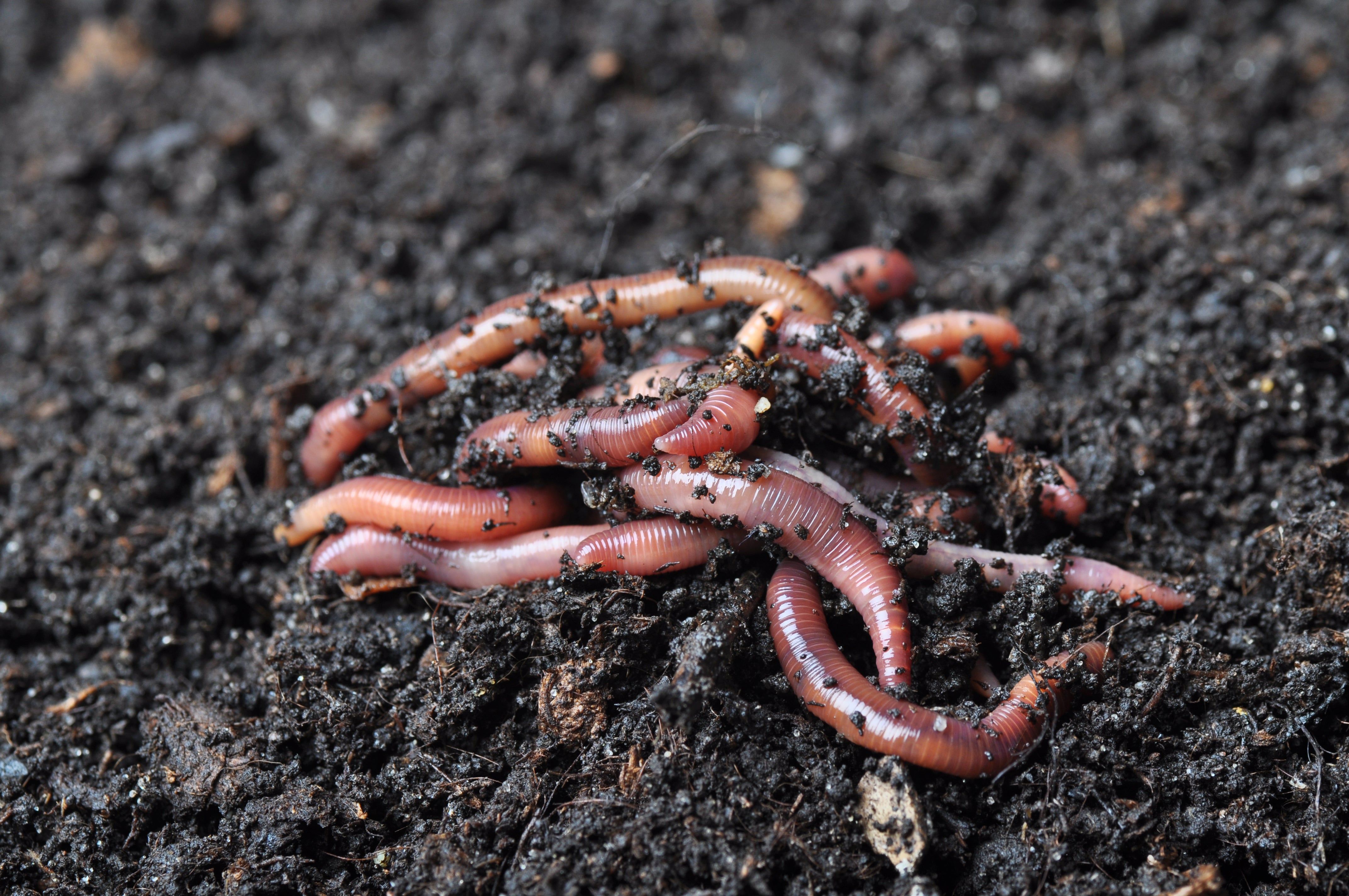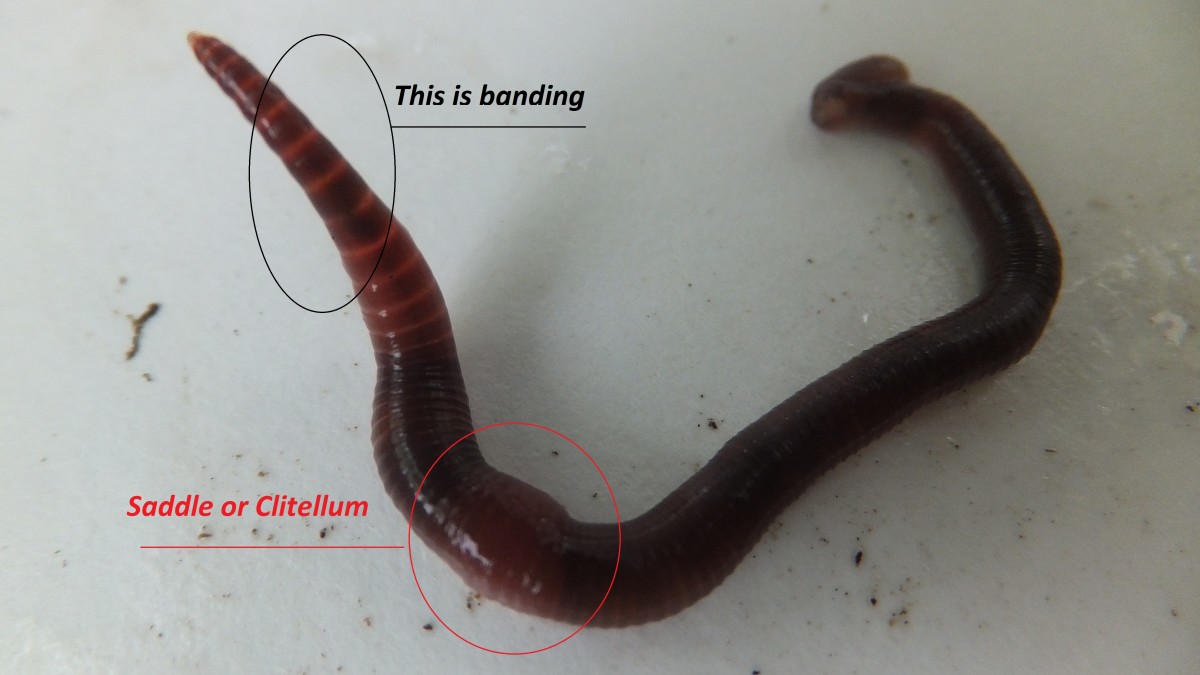Lake Hickory Bait: Your Resource for Enjoyable Fishing on the Lake
Lake Hickory Bait: Your Resource for Enjoyable Fishing on the Lake
Blog Article
Red Wigglers: The Unsung Heroes of Organic Waste Recycling
Red wigglers, or Eisenia fetida, work as vital representatives in the organic waste reusing process, changing discarded materials into important vermicompost. Their reliable break down of organic issue not only improves dirt quality however likewise adds to lasting waste administration methods. As the world significantly looks for solutions to deal with waste buildup and boost farming performance, recognizing the role of these worms comes to be vital. What mechanisms enable them to prosper in garden compost atmospheres, and just how can they be successfully used in both household and business settings? Checking out these questions reveals the more comprehensive effects of vermicomposting in our environmental landscape.
What Are Red Wigglers?
The impressive durability of red wigglers, scientifically called Eisenia fetida, emphasizes their crucial duty in organic waste recycling. These tiny, reddish-brown earthworms are generally located in disintegrating natural matter, such as compost heap and manure lots. Lake Hickory Bait. Unlike other earthworm types, red wigglers thrive in nutrient-rich atmospheres and are very efficient at breaking down natural products, making them essential for vermicomposting

(Red Wiggler Express)In enhancement to their function in waste reduction, red wigglers add to soil health and wellness by enhancing soil framework and aeration through their tunneling activities (Lake Hickory Bait). Their presence in composting systems not only improves disintegration prices but additionally promotes a sustainable method to throw away management, showing their importance in ecological conservation initiatives
Advantages of Composting With Worms
Composting with worms, particularly red wigglers, supplies various benefits that enhance both waste administration and soil health and wellness. Initially, these worms successfully break down organic waste, converting it into nutrient-rich vermicompost that enriches soil. This process accelerates decay, permitting a quicker recycling of cooking area scraps and other organic materials compared to standard composting approaches.
In addition, the vermicompost generated by red wigglers is bristling with advantageous microorganisms, which help improve soil framework, oygenation, and moisture retention. This boosts the general health and wellness of plants, promoting strenuous development and raised yields in gardens and farming settings. Additionally, making use of worms in composting reduces the production of greenhouse gases, such as methane, adding to a much more sustainable waste management system.

Just How to Beginning Vermicomposting
Establishing a vermicomposting system is a simple procedure that can yield considerable advantages for both waste monitoring and dirt enrichment. To begin, select an appropriate container, such as a plastic container or wood box, with sufficient ventilation holes to ensure proper air flow. The dimensions must preferably be about 2 feet by 3 feet, permitting ample space for the worms to flourish.
Next, prepare bed linen material, which can include shredded paper, cardboard, or coconut coir. This bed linens should be dampened to create an appropriate habitat for the worms. Once the bed linens remains in area, present red wigglers (Eisenia fetida) right into the container, commonly around one extra pound of worms for every single square foot of surface.
Adhering to the placement of worms, include natural waste, such as fruit and vegetable scraps, coffee grounds, and crushed eggshells. Stay clear of adding milk, meat, or oils, as these can develop smells and draw in insects. Place the container in a shaded, temperature-controlled area to maintain ideal conditions for worm task. With these actions, you will effectively launch a vermicomposting system that adds to sustainable waste administration and enhances your soil.
Preserving a Healthy Worm Bin
(Lake Rhodhiss Bait)Maintaining a worm bin thriving calls for normal interest and like make sure the health and wellness of the red wigglers and the performance of the composting process. Correct maintenance starts with keeping an eye on the moisture levels; the container ought to be wet but not waterlogged. A good regulation of thumb is to preserve an uniformity comparable to a wrung-out sponge.
Aeration is crucial. Delicately blending the bed linen and food scraps every couple of weeks stops compaction and makes certain that all worms have accessibility to oxygen. Furthermore, it is essential to feed the worms properly. A well balanced diet of fruit and vegetable scraps, coffee grounds, and smashed eggshells must be offered in moderation to prevent overfeeding, which can lead to odors and insects.
If the container ends up being as well hot or cold, the worms may end up being stressed. By diligently managing these factors, one can keep a durable and effective worm container.
Effect on Sustainable Living
The successful upkeep of a worm container not just benefits the health of red wigglers yet additionally adds significantly to lasting living techniques. By reusing organic waste, such as kitchen scraps and backyard debris, red wigglers aid divert significant amounts of product from garbage dumps. This decrease in waste not just decreases greenhouse gas exhausts yet likewise minimizes the ecological problem connected with waste administration.
Additionally, the castings generated by red wigglers act as a nutrient-rich natural fertilizer, enhancing soil wellness and promoting plant development. This natural choice to chemical plant foods supports lasting agriculture and horticulture methods, minimizing dependence on synthetic inputs that can damage ecological communities. Furthermore, worm composting fosters recognition of waste administration, encouraging people and communities to embrace even more lasting practices.

Final Thought
In recap, red wigglers offer as essential factors to natural waste recycling through their efficient decomposition of organic products. By incorporating vermicomposting into waste management strategies, people and areas can dramatically lower waste while promoting environmental sustainability.
Report this page